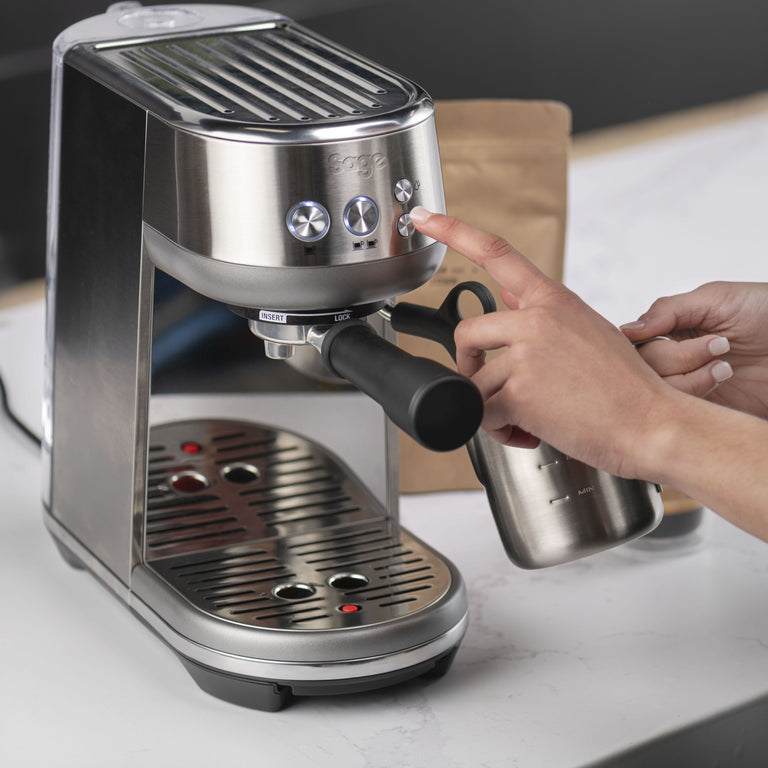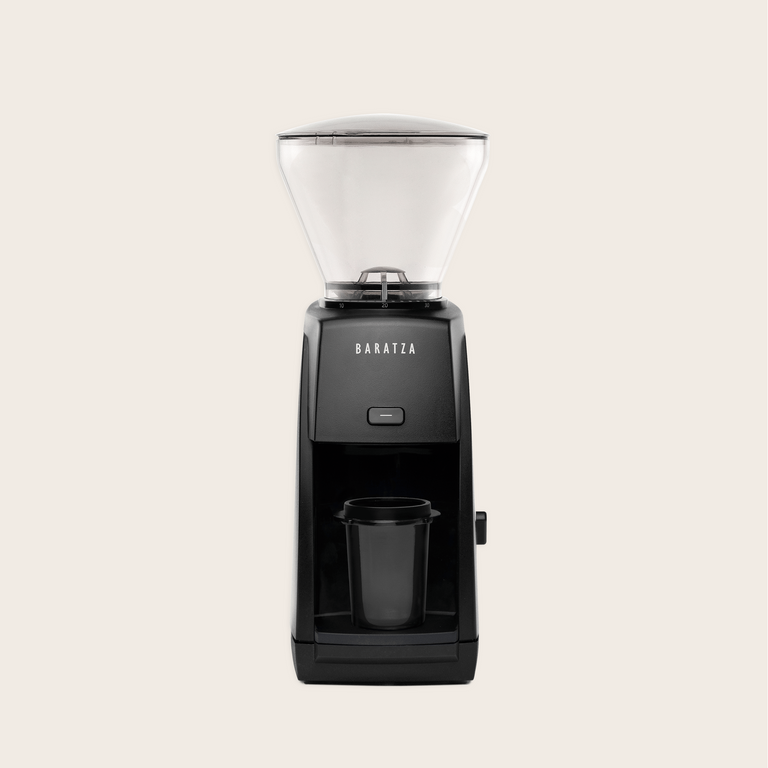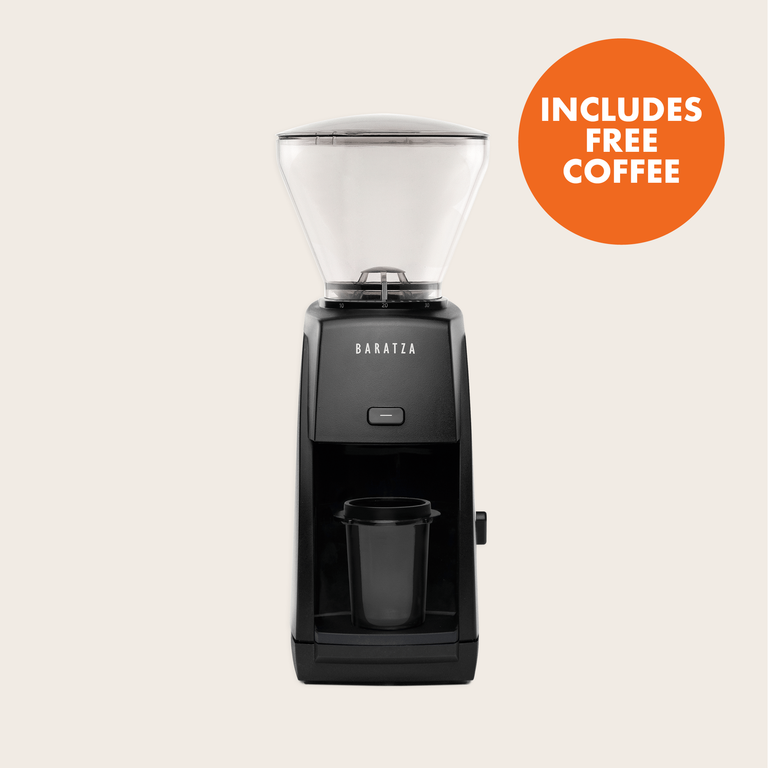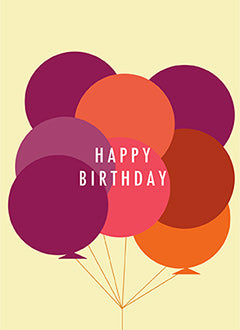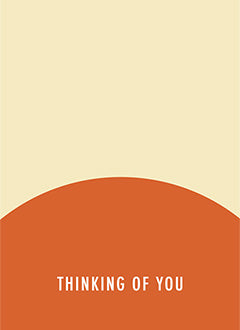We often get asked the same question by customers, “why is my coffee not tasting right?” A change to the flavour of your coffee is usually down to a few factors. We’ve created a list of the 8 most common mistakes people make when brewing, so the next time your coffee is tasting too bitter, sour, burnt or just flat, you can use this as a guide.
1. Coffee freshness
Freshly roasted beans produce a much more enjoyable cup of coffee, with more intense and complex flavour and aromas, and a richer cream. As coffee ages, the volatile compounds and gases degrade which results in a flat, bitter, or stale-tasting coffee.
For best results, use beans roasted between 2 weeks and 3 months ago (check the roast date on your coffee), store them in an airtight container to protect against oxidation, and, if possible, grind the coffee just before brewing to preserve maximum freshness and flavour.
Looking to invest in a grinder? Check out our wide range here.
2. Brewing method
Every brewing method has it’s merits. Each technique brings out different characteristics in coffee so it’s all about finding the right one for your taste;
- Pour-over (e.g., Chemex, V60) creates delicate, light-bodied coffee.
- Cafetiere won’t always give you great flavour clarity so it’s best balanced out with milk.
- Espresso machines creates a bold and intense shot.
- AeroPress offers a short and full-bodied cup.
Not sure what coffees best suits the different methods? Although all of our coffees can be enjoyed using any of these methods, we’ve selected coffees that really shine using particular methods;
Our filter coffees are delicate, lighter-roasted blends that are best brewed as pour-over or cafetiere.
Our Espresso coffees are rich, bold blends that are best brewed as espresso, moka-pot or aeropress.

3. Grind size
Using the wrong grind size for the brew method you’re using can affect the coffee’s extraction and overall flavour. Using too coarse a grind size can lead to an under-extracted, weak brew and too finer grind can create an over-extracted, bitter coffee. Here’s how to pick the right grind size;
- Coarse for cafetiere and cold brew
- Medium for Aeropress, drip coffee and V60 pour-over
- Fine for espresso & moka pot
4. Water quality and temperature
Always use filtered or bottled water to brew your coffee. Without water filtration, limescale will build up inside your espresso machine. Additionally, the minerals in unfiltered water can impact the flavour of your coffee – high mineral content may lead to under-extraction, while overly soft water can cause over-extraction.
Water temperature will also affect the extraction of your coffee. The hotter the water, the higher the extraction. If you are not using a temperature control kettle, boil some water and leave it off boil for 2 minutes before brewing.
If your coffee tastes flat, increase the temperature and if your coffee is tasting bitter, lower it.
- For espresso: 92-96 degrees
- For cafetiere: 90-96 degrees
- For pour over: 96-98 degrees
- For aeropress: 91-96 degrees

5. Ratio and strength
Working out the right ratio of coffee grounds to water is important to the overall strength and flavour of your coffee. The more coffee you use in your recipe, the more body and flavour your brew will have and vice versa.
To work out your recipe, we recommend a sticking to a desired yield (this can be the size of your favourite cup) and adjusting the ratio to that.
Recipe example: If you want to brew a 250ml coffee, we recommend using around 15g of coffee if you're using a pour-over method, around 16.5g if you’re using an immersion method, and about 18g (for a double shot) if you’re using an espresso machine.

6. Brewing time
The brewing time you choose can really affect the flavour of your coffee. Too short and your coffee will be under-extracted and weak, too long and it will be over-extracted and bitter.
The timing depends on the brew method you use;
- Espresso: 25-30 secs
- Pour over: 3-4 mins
- Aeropress: 2-3 mins
- Cafetiere: 4 mins
- Moka pot: 3-4 mins
Check out our brewing guides for step-by-step tutorials for each method.

7. Clean equipment
It may seem simple but cleaning your equipment in between uses will not only stop it falling into disrepair but also ensure it doesn’t affect the quality of the coffee you’re making.
8. Experimenting with recipes
There’s not one way to brew coffee correctly as everyone’s palates are different. It’s important to experiment with different coffees (roast levels, flavour notes, origins), brewing methods, and recipes until you find the one that suits your tastes.










